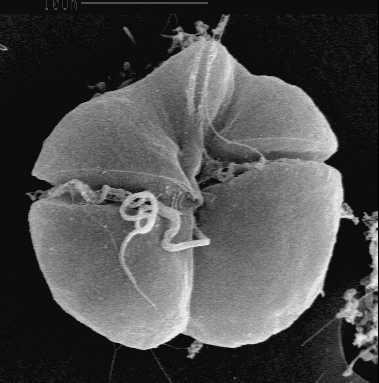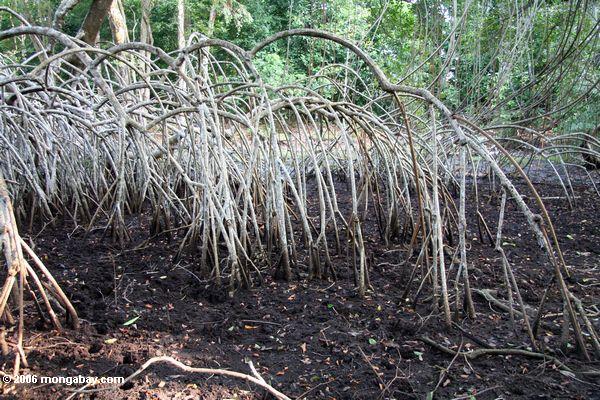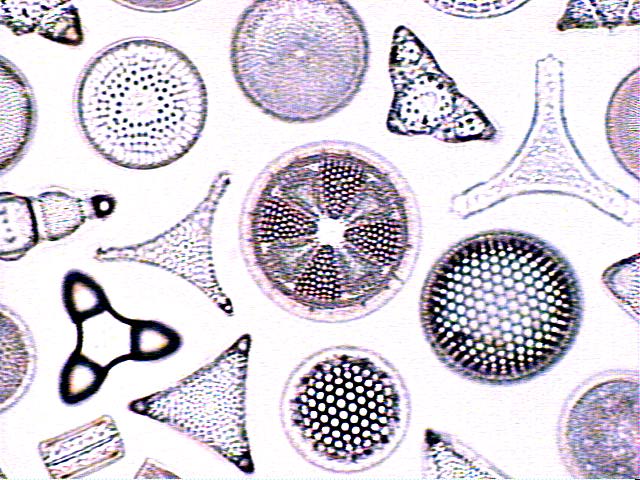
Karenia Brevis can cause the algal bloom that is known as the red tide that occurs in Florida and in Texas. One main characteristic of this algal bloom is that it is red instead of the average green algae. Red tides are also associated with the production of natural toxins and depletion of oxygen which is why it is classified as a harmful algal bloom.
Neurotoxic Shellfish Poisoning is a type of poisoning that is caused by eating shellfish that are contaminated with breve-toxins. produced by Karenia Brevis. Some symptoms in humans of this poisoning are mouth numbness, tingling mouth, tingling arms, tingling legs, poor coordination, gastrointestinal upset, and temperature reversal. Neurotoxic Shellfish Poisoning usually leads to mass mortality in marine animals. This affects the Gulf Coast economy because with the occurrence of red tides, shellfish poisoning is likely to be involved as well, which can lead to less seafood sales, in turn hurting the economy.






 Karenia Brevis can cause the algal bloom that is known as the red tide that occurs in Florida and in Texas. One main characteristic of this algal bloom is that it is red instead of the average green algae. Red tides are also associated with the production of natural toxins and depletion of oxygen which is why it is classified as a harmful algal bloom.
Karenia Brevis can cause the algal bloom that is known as the red tide that occurs in Florida and in Texas. One main characteristic of this algal bloom is that it is red instead of the average green algae. Red tides are also associated with the production of natural toxins and depletion of oxygen which is why it is classified as a harmful algal bloom.

